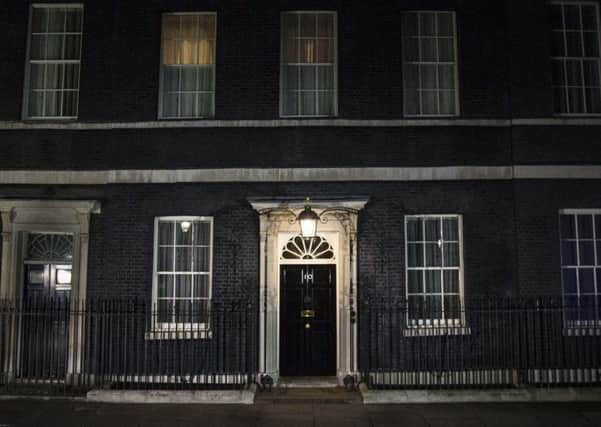The violence of October 1993 was a terrible flare-up as the Troubles drew to a close


That was the time of the SAS killings in Gibraltar, the Michael Stone attack on the funerals in Milltown, and the corporal murders.
Now we are remembering 25 years since another terrible sequence, that of October 1993.
Advertisement
Hide AdAdvertisement
Hide AdI hardly need recap on the horror of the Shankill bomb and Greysteel massacre and events in between, which has been amply recorded on the pages of our supplement to mark the anniversary.
But it is all the more tragic to think that this needless loss of life happened when the Troubles was finally fizzling out (a Troubles that ought not to have happened at all, but once it did should have ended by late 1972, when the senselessness and stalemate was apparent, and certainly by late 1973, when there were determined efforts to find political solutions).
These massacres of civilians happened two decades after even that latter year.
It was in 1971 that Reginald Maudling referred to an “acceptable level of violence” but it was the late 1970s when that became a reality.
Advertisement
Hide AdAdvertisement
Hide AdAfter 1977, there were only four years in which more than 100 people were killed in the violence (one of which was 1988). Annual road deaths were not only higher than Troubles deaths, by the 1980s they were far higher.
By the 1990s, Northern Ireland was an increasingly normalised society. The IRA murder of the Catholic RUC man Michael Ferguson in early 1993 in Londonderry, for example, went down very badly in that mostly nationalist city.
In less than a year from autumn 1993, the Provisional IRA would call a ceasefire.
I was at university in the early 1990s, and spent summer 1993 in San Francisco. I recall reading in a newspaper that there had been almost as many murders in Oakland, California in the first six months of that year as Northern Ireland, which had three times the population, was having annually.
Advertisement
Hide AdAdvertisement
Hide AdThis meant Oakland had a murder rate almost six times higher per capita than NI did during its ‘war’.
But to say that Northern Ireland was an increasingly normalised society by 1993 is not to say that it was normal. The shocking events in October showed that it was not.
I was studying in Sussex at the time and recall a front page newspaper image of the staff from Harland and Wolff and Shorts having spontaneously, furiously walked marched to the Shankill in solidarity with the bombed community.
I recall hearing of the Greysteel massacre on the radio, perhaps the midnight news.
Within weeks the Downing Street declaration would be a key staging post on the way to a more lasting period of peace.
• Ben Lowry (@BenLowry2) is News Letter deputy editor